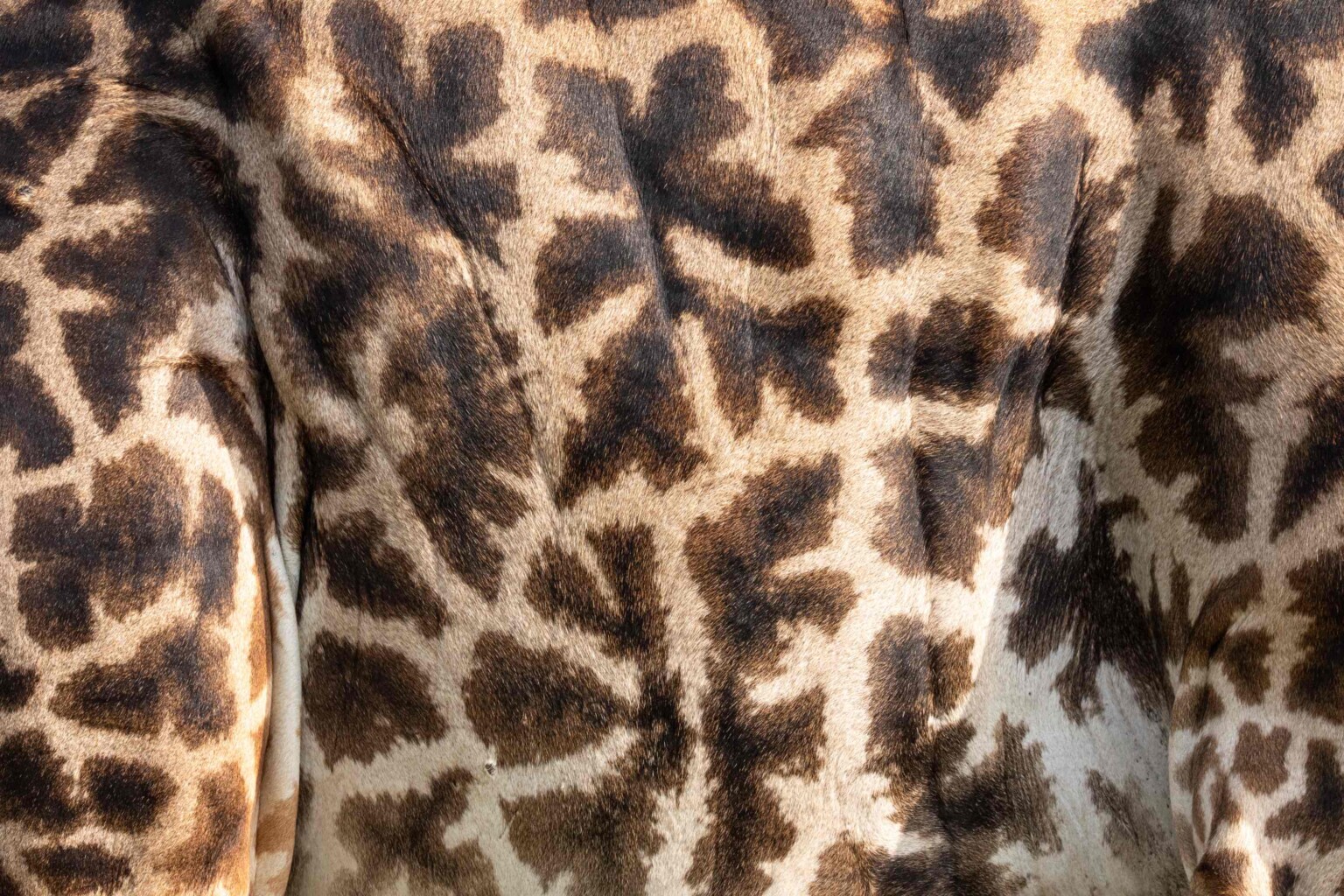
Alternatives for achieving comfortable temperatures in our homes, workplaces, or within industries sometimes seem limited to the use of active cooling, whose main disaddvantage is the use ofe lectricity for air conditioners, heat pumps, among other options. However, there are also passive options that allow cooling for these spaces, such as thermal insulation using different materials. Their effectiveness depends on factors such as type of material, surface area in contact with the heat source, insulation thickness of, and the ability to conduct or inhibit heat transfer.
Elephants are undoubtedly the champions in this field. Their skin has been designed through evolution to effectively regulate temperature. Specifically, the pattern of ridges and pores in their skin allows them to store water and release heat through evaporation. Researchers in Singapore have now turned to this idea to generate tiles that provide energy-free cooling. They also used mycelium, the fungal root networks, as the primary material for their construction, generating robust structures.
The designed tiles improved the cooling rate by 25% compared to basic flat tiles. The cooling effect reached up to 70% under simulated rain conditions, promising energy-free passive cooling in tropical climates where moisture is high through evaporation.
As global temperatures rise, cooling has become a major energy use. Cooling demands are especially high in dense urban environments. Air conditioning is not only energy-intensive, but it can also be expensive and unaffordable for many people around the world.
Biodegradable tiles provide an eco-friendly solution in an industry where some commonly used materials are not environmentally friendly. Researchers now plan to test the tiles outdoors in tropical climates to assess their performance and durability.
Source: Anthropocene

